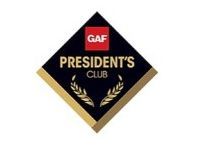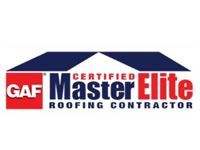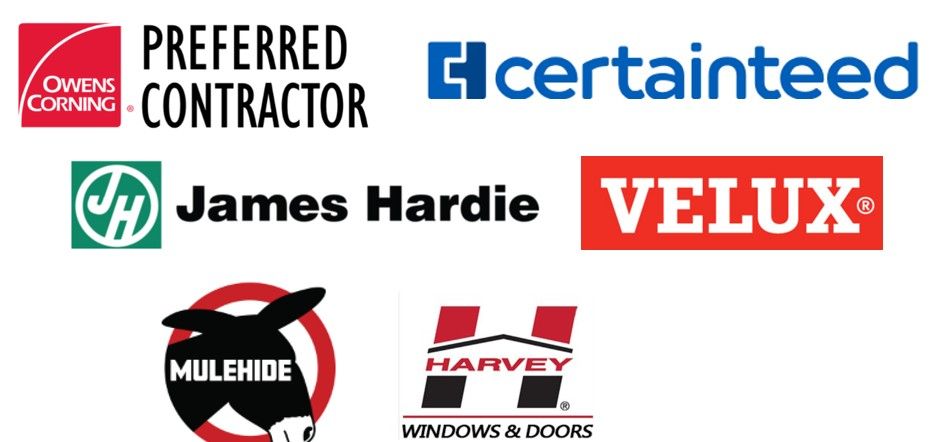FAQs
Capital Roof Company
What is a rubber roof?
A rubber roof, often made from EPDM (Ethylene Propylene Diene Monomer), is a durable, waterproof roofing material commonly used on flat and low-slope roofs. Call our roofer at Capital Roof Company to learn more!How long does a rubber roof last?
With proper installation and maintenance by a roofer, a rubber roof can last 30-50 years, in our experience. Keep in mind that, according to The Spruce, on average, a roof will last between 25 and 50 years.Is a rubber roof durable?
Yes, rubber roofing is resistant to UV rays, extreme weather, and cracking. It is flexible, making it ideal for climates with temperature changes. Call our roofer to learn more!Can a rubber roof be installed over an existing roof?
In some cases, yes. Rubber roofing can be installed over certain existing roofing materials, but it depends on the roof's condition. A professional inspection by a roofer is recommended.How do you maintain a rubber roof?
Rubber roofs require minimal maintenance. Regular inspections by a roofer, cleaning debris, and sealing seams or small punctures help extend the roof's life.What are the benefits of a rubber roof?
Rubber roofs are cost-effective, eco-friendly, energy-efficient, easy to repair, and long-lasting compared to traditional roofing. Call our roofer to learn more!Is a rubber roof energy efficient?
Yes. Rubber reflects heat in warm weather and provides insulation in cold weather, helping reduce energy bills. Call our roofer to learn more!Can a rubber roof be repaired if damaged?
Yes. Rubber roofs are relatively easy for a roofer to repair using sealants or patches, making them more affordable to maintain than other roof types.Does a rubber roof need special cleaning?
Our roofer has found that no special cleaning is required. Simple rinsing with water and mild soap is usually enough to keep it in good condition.








